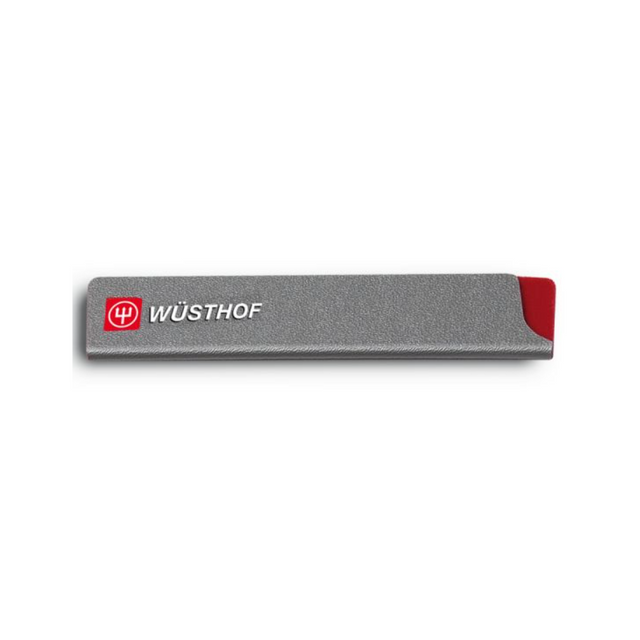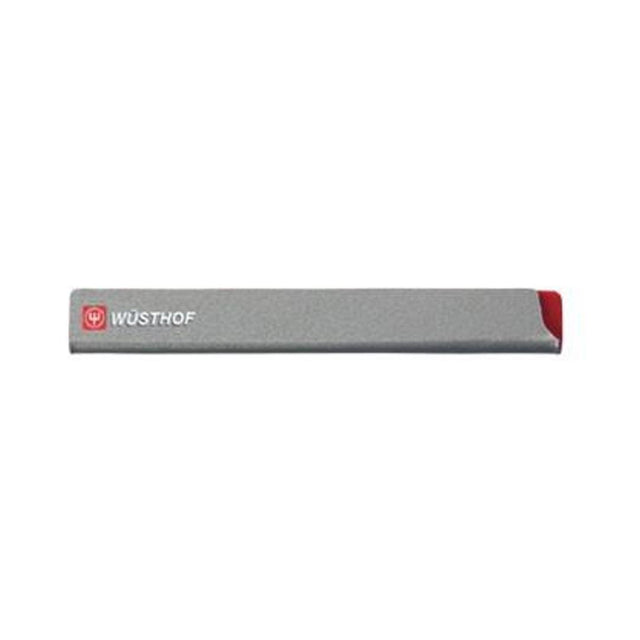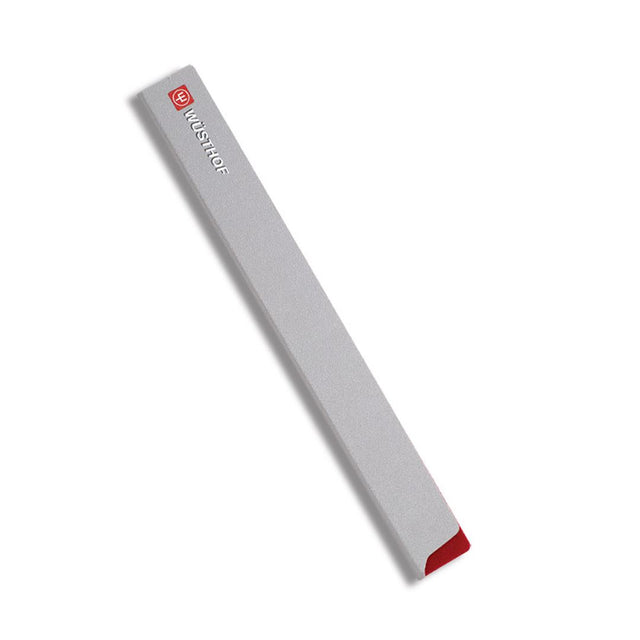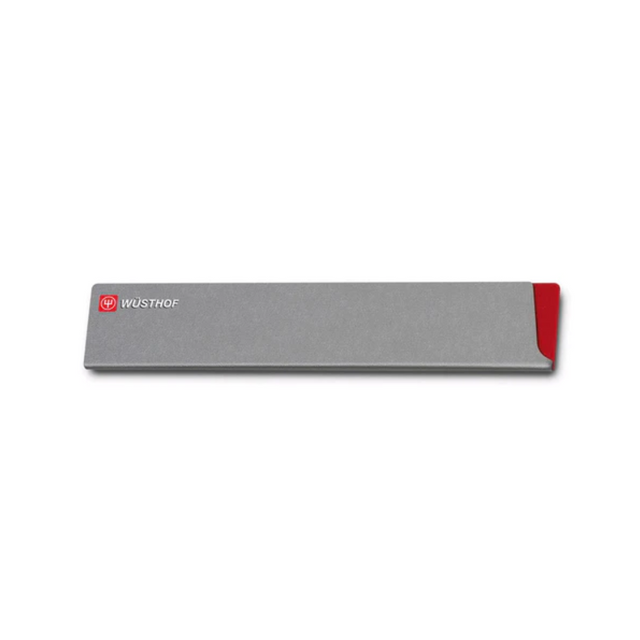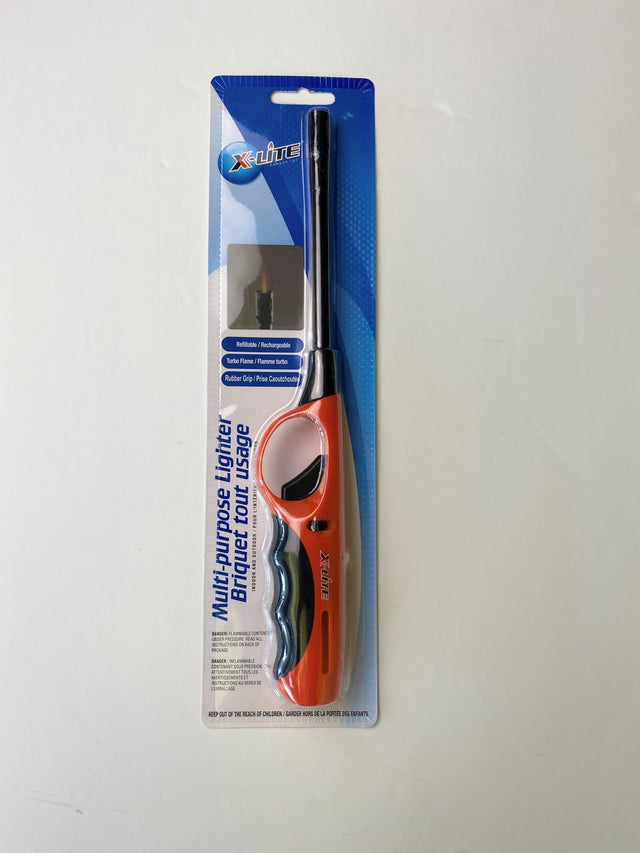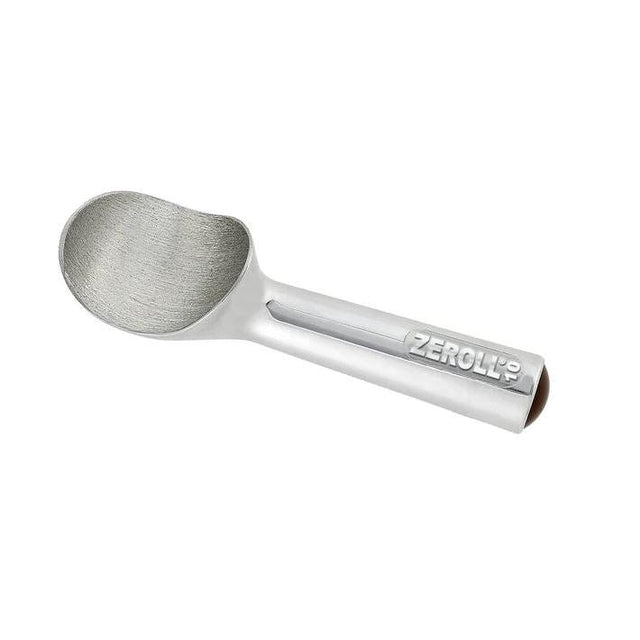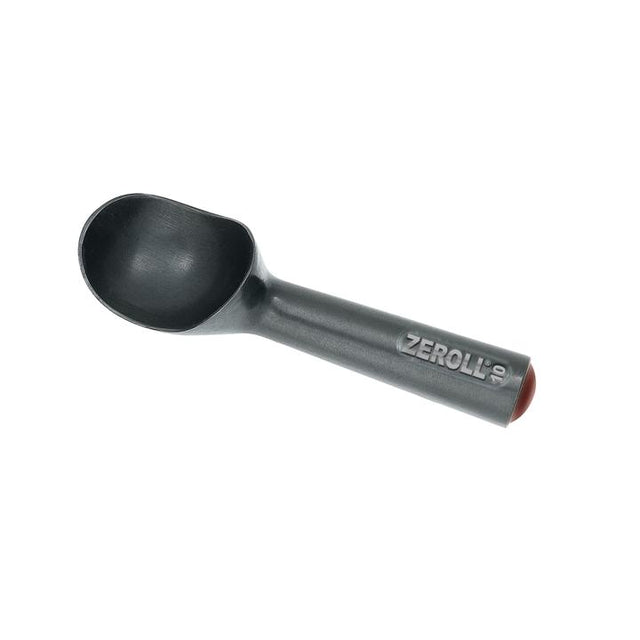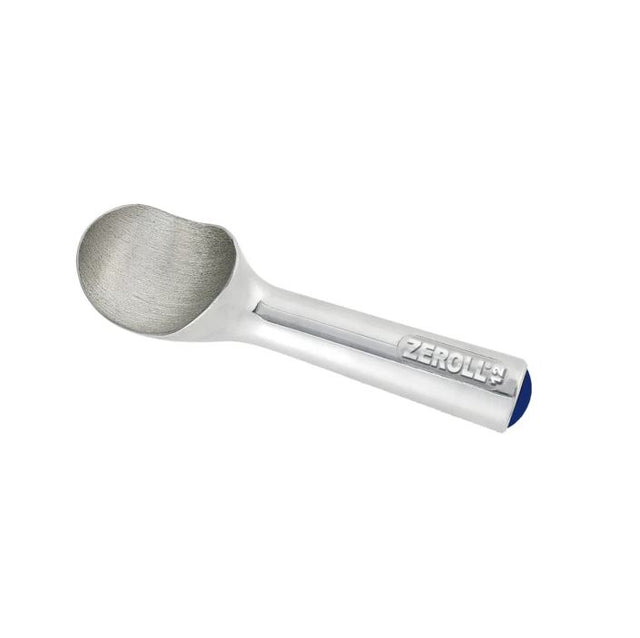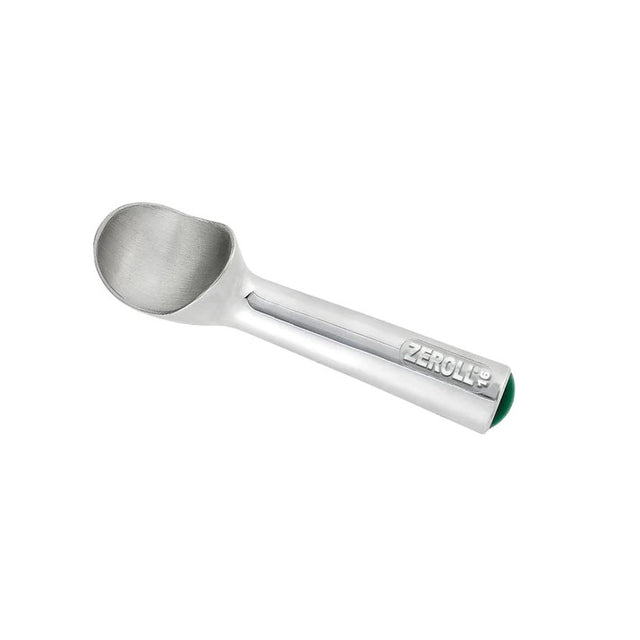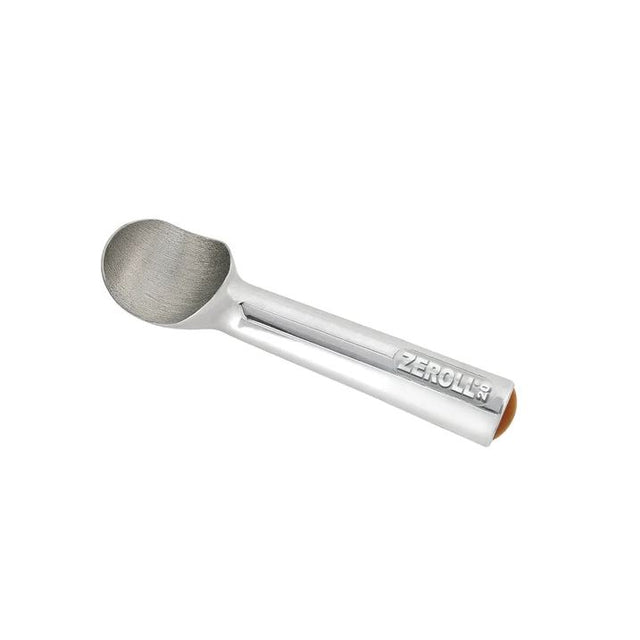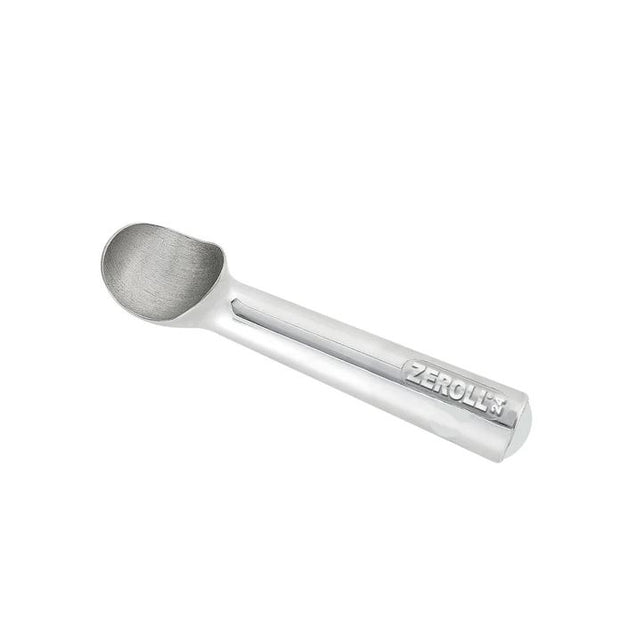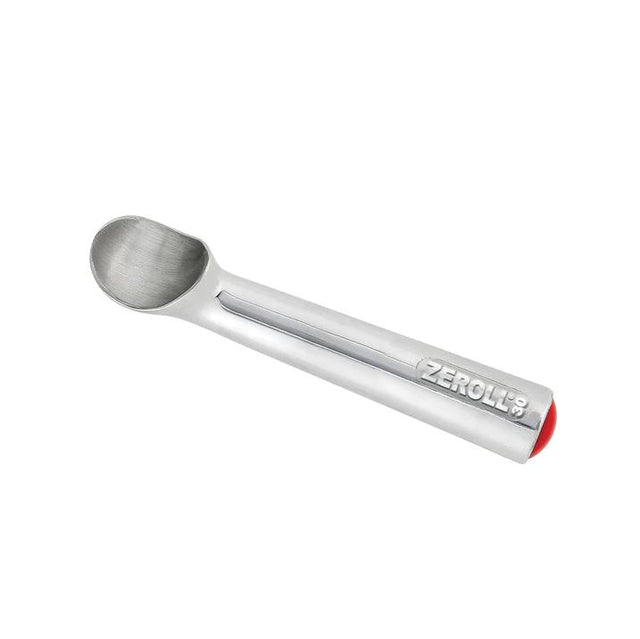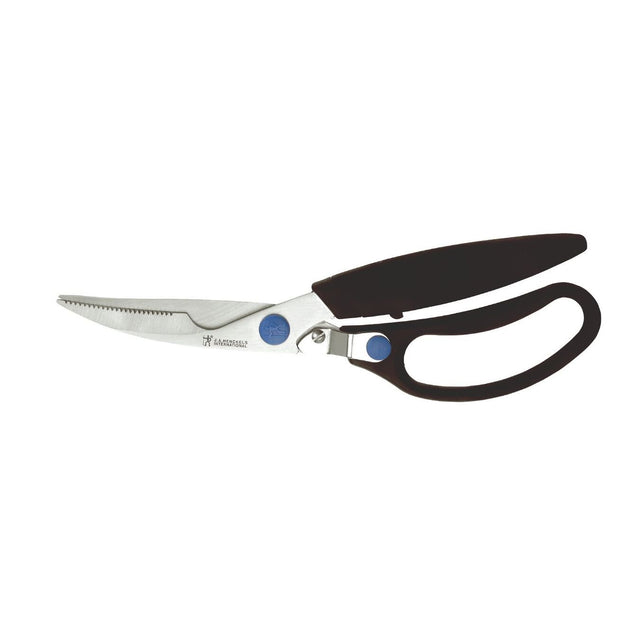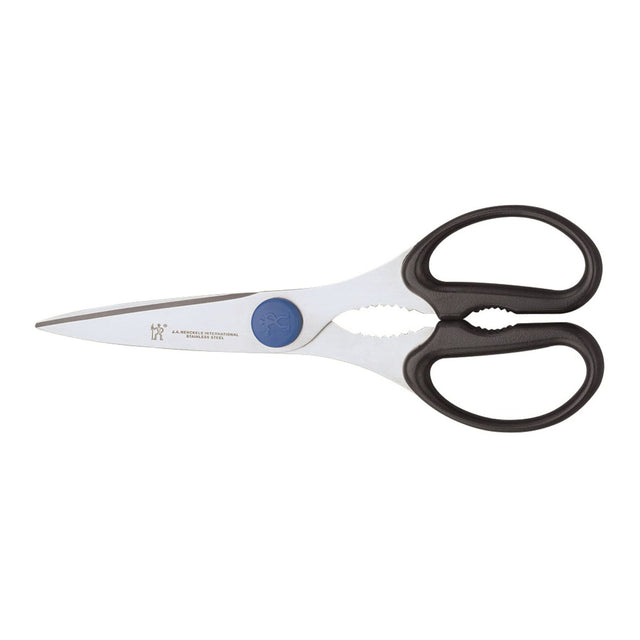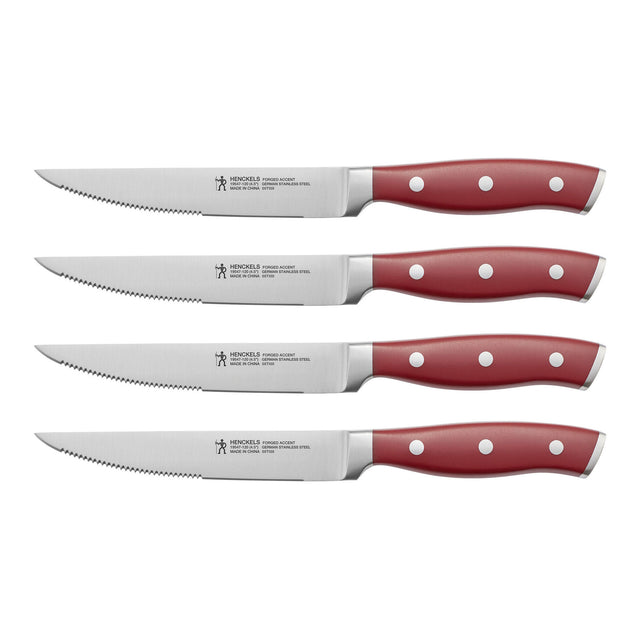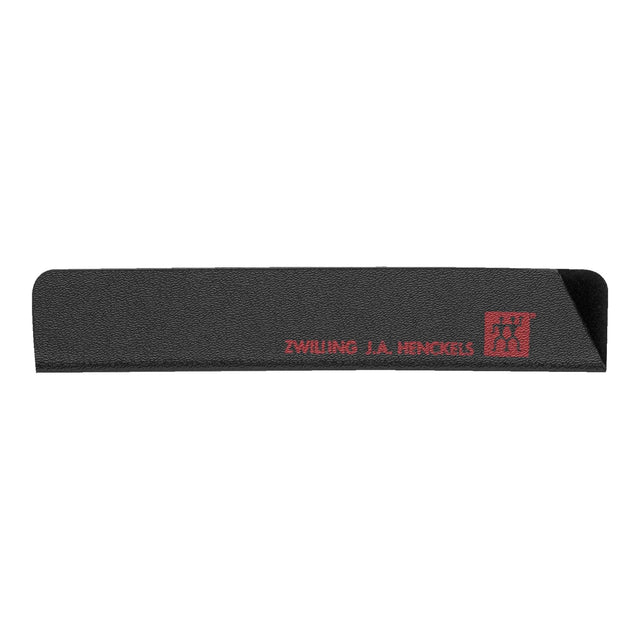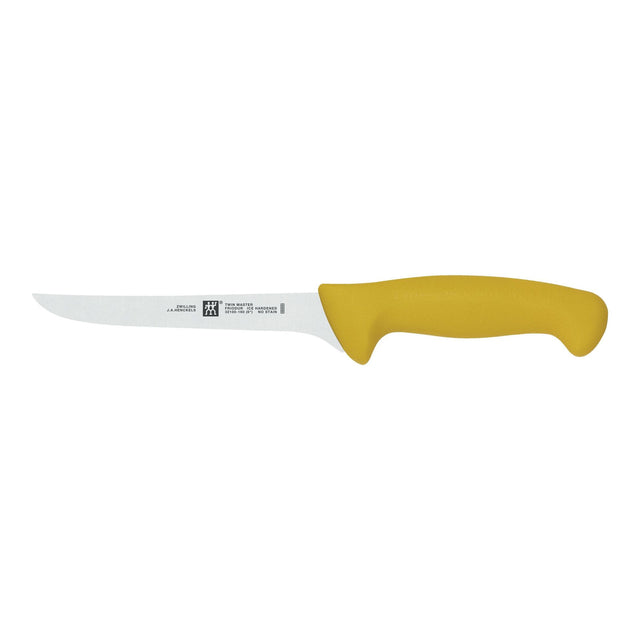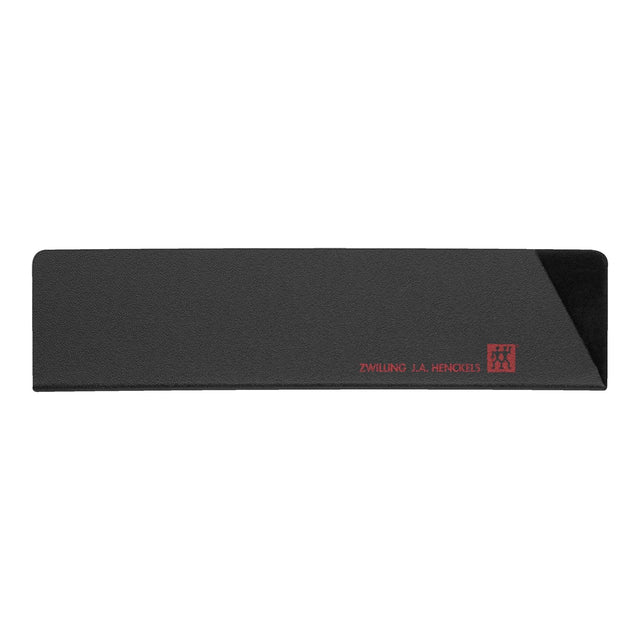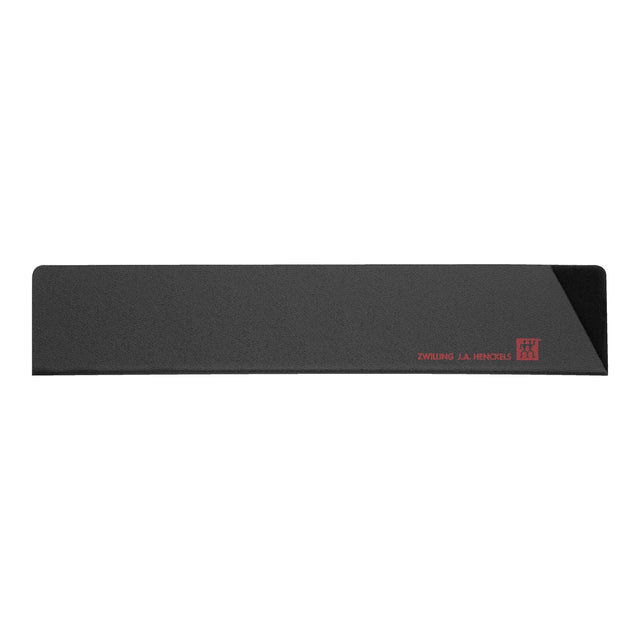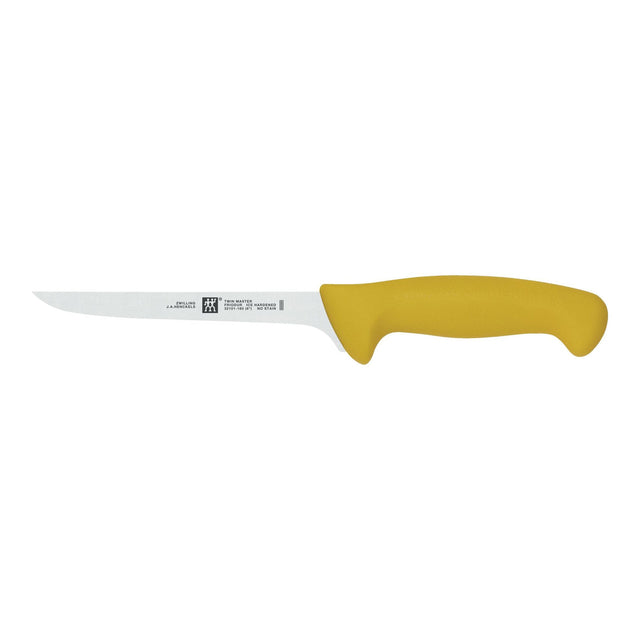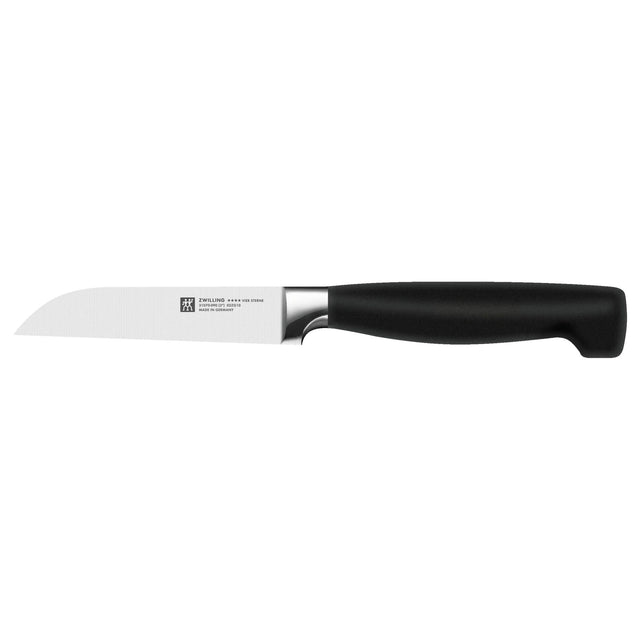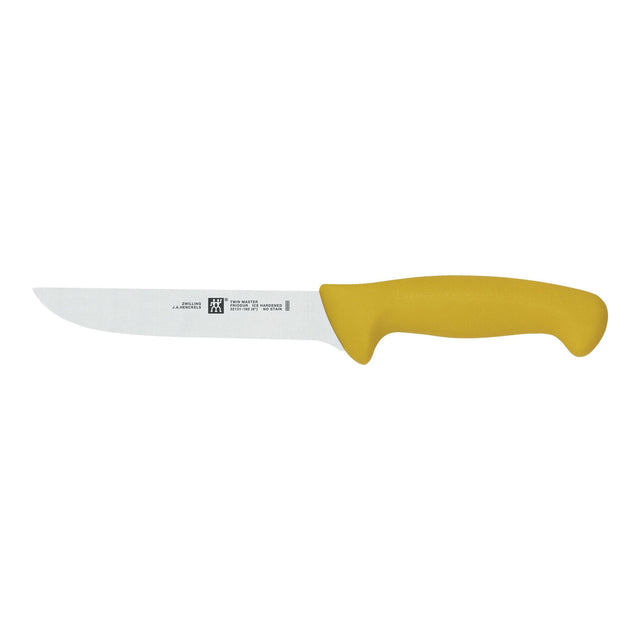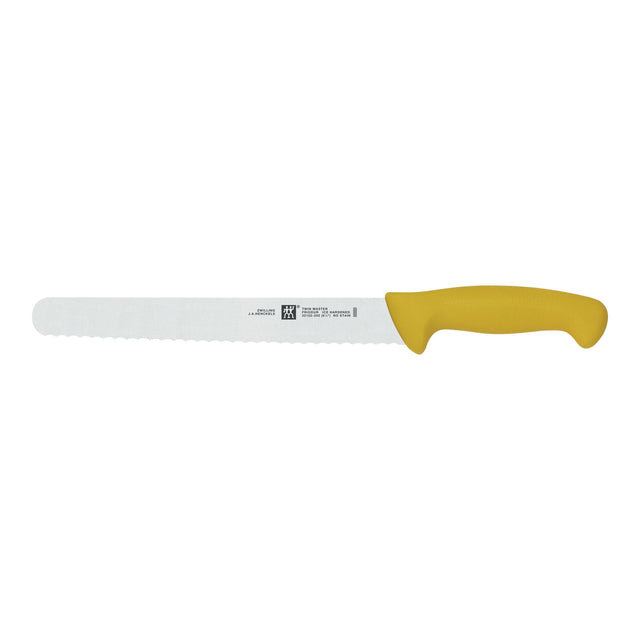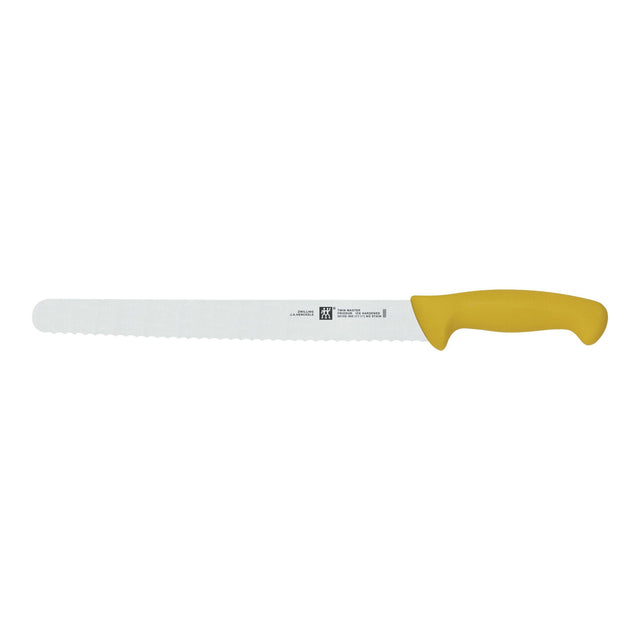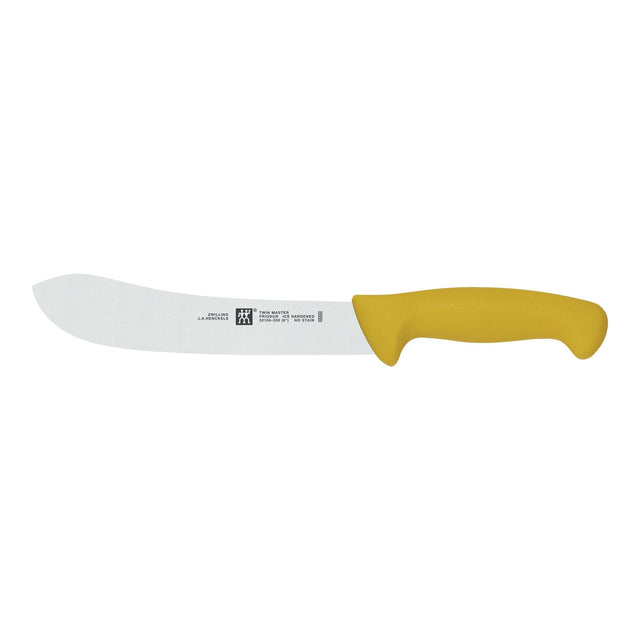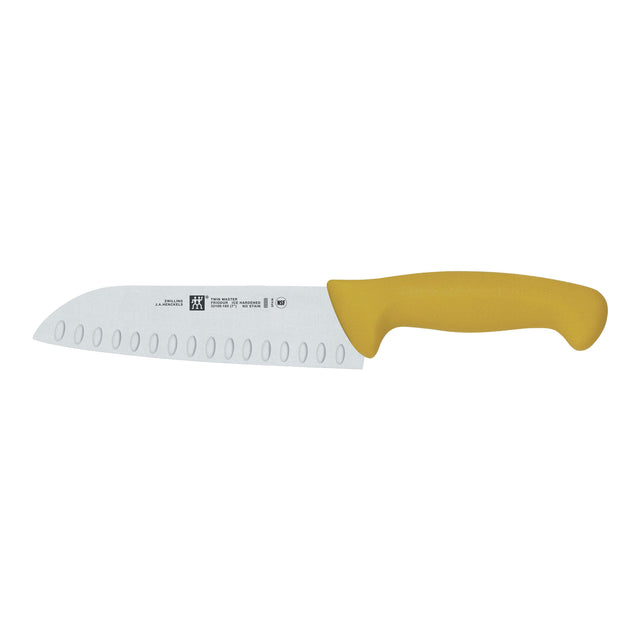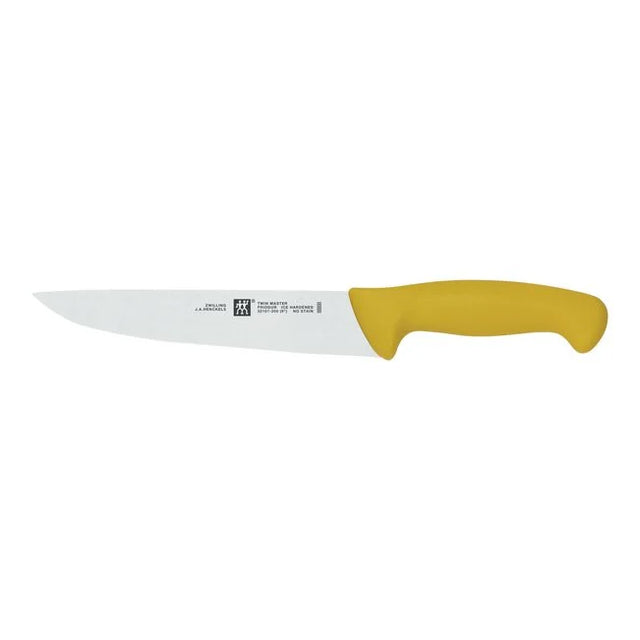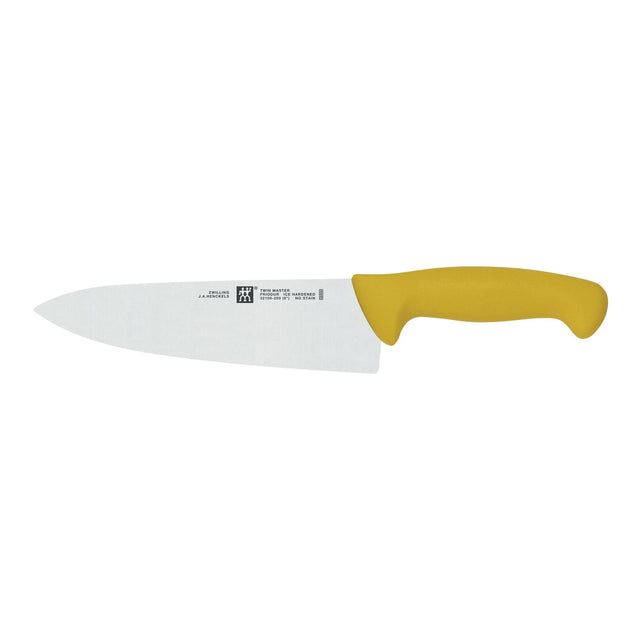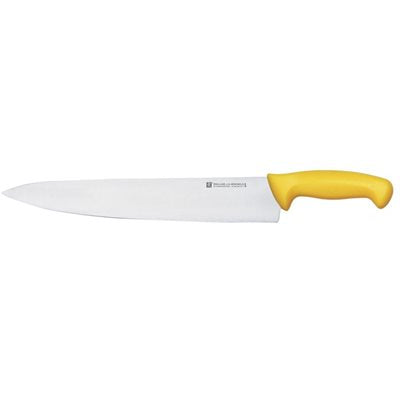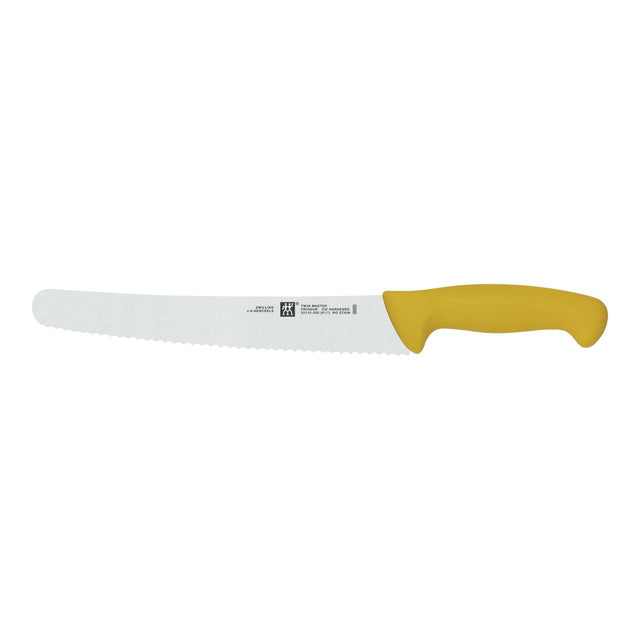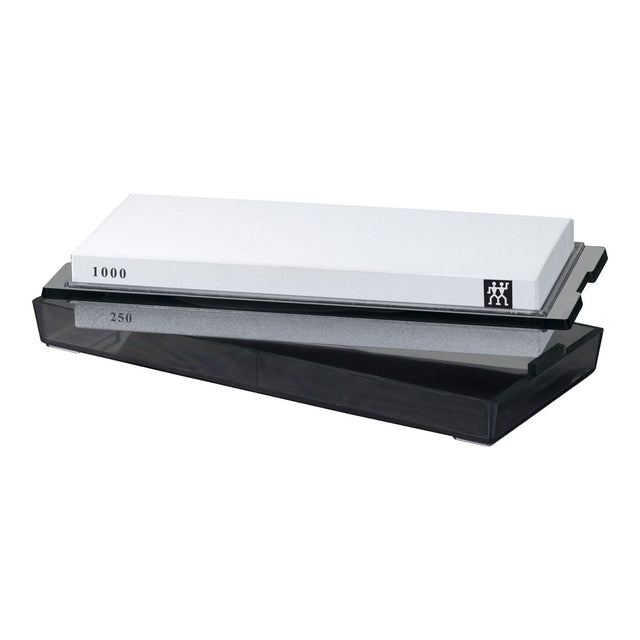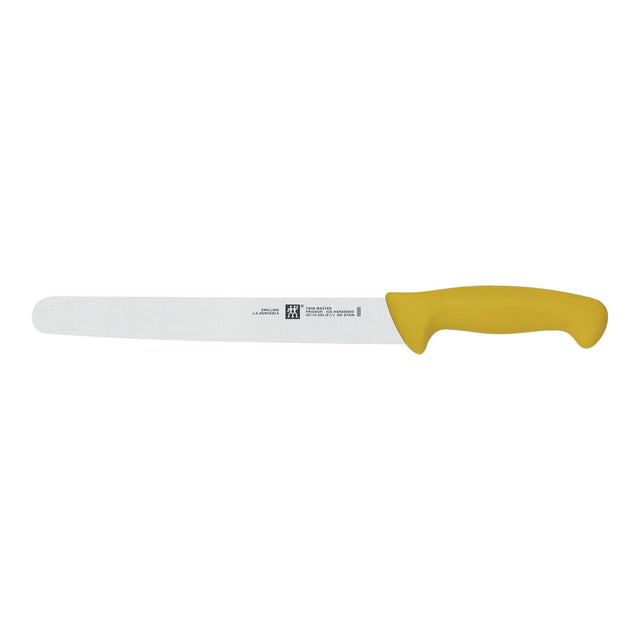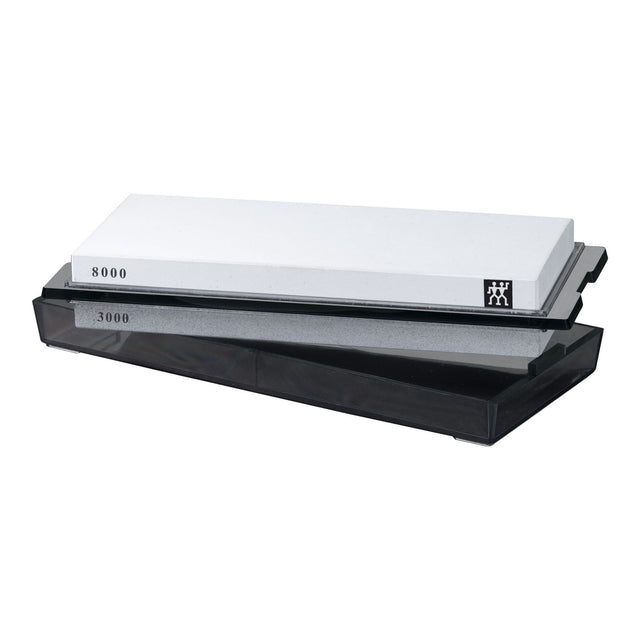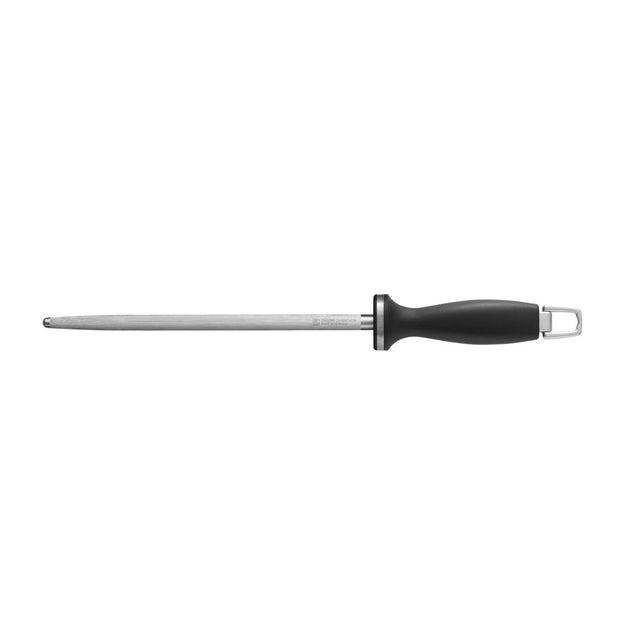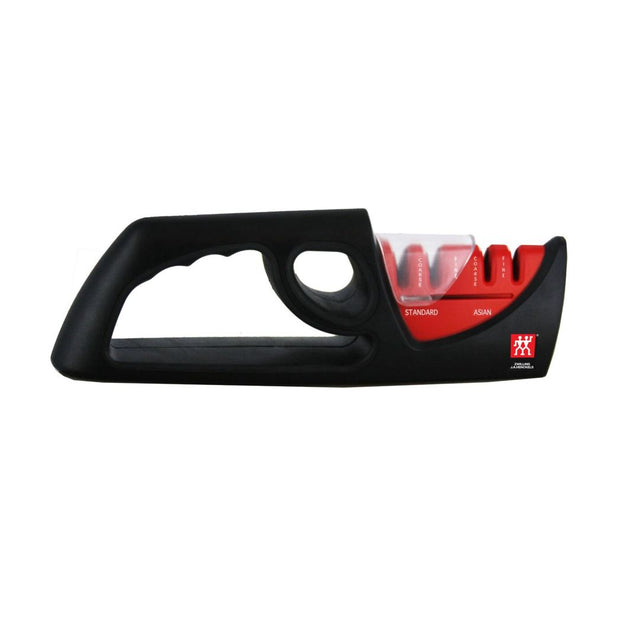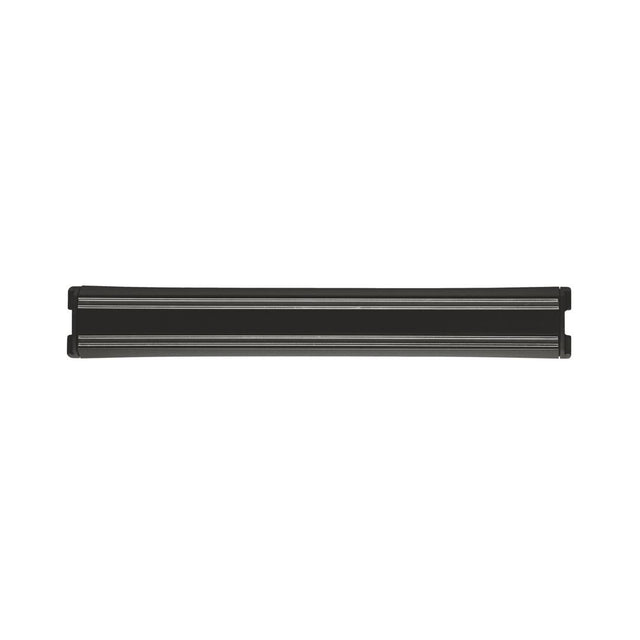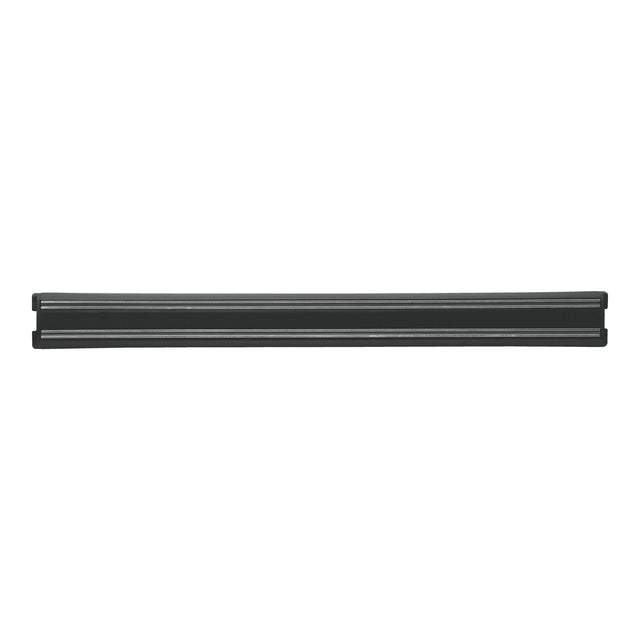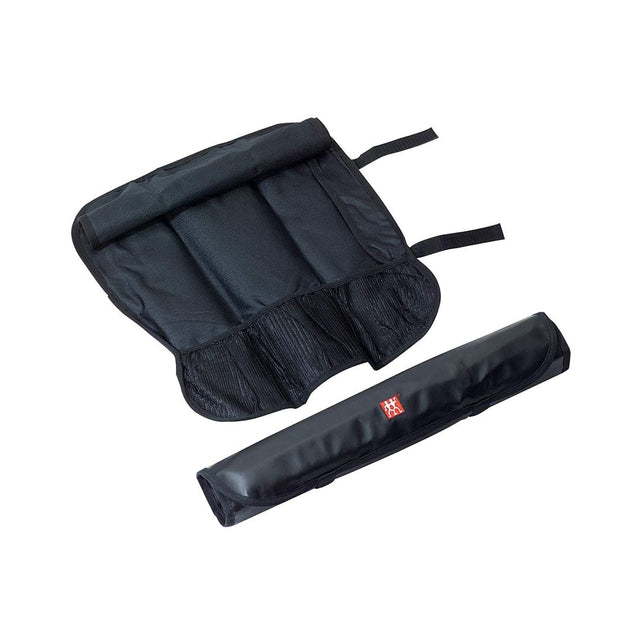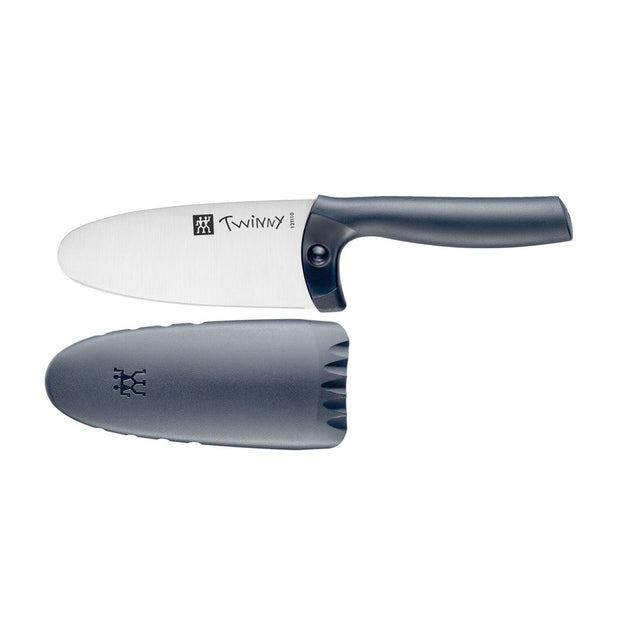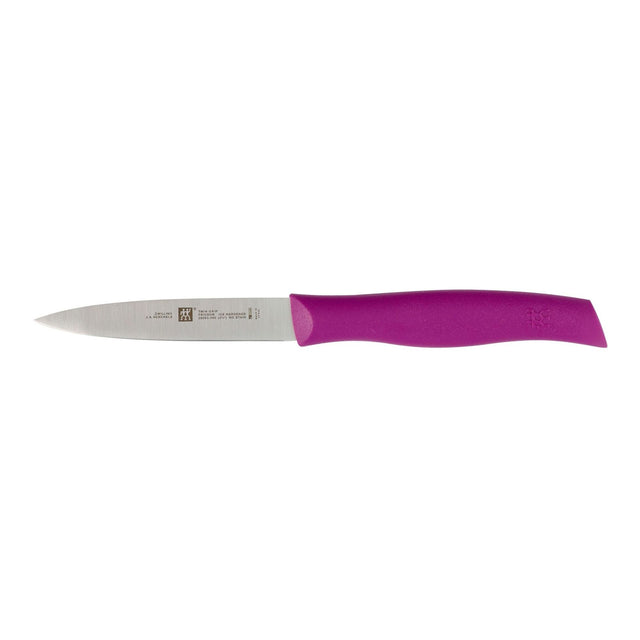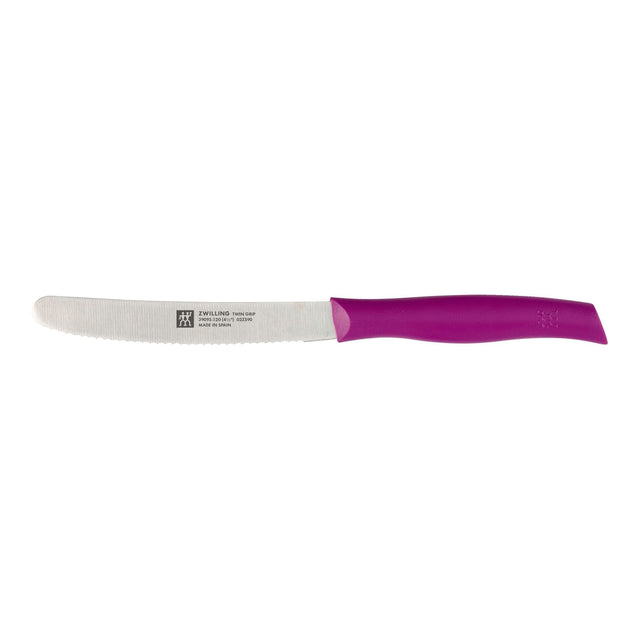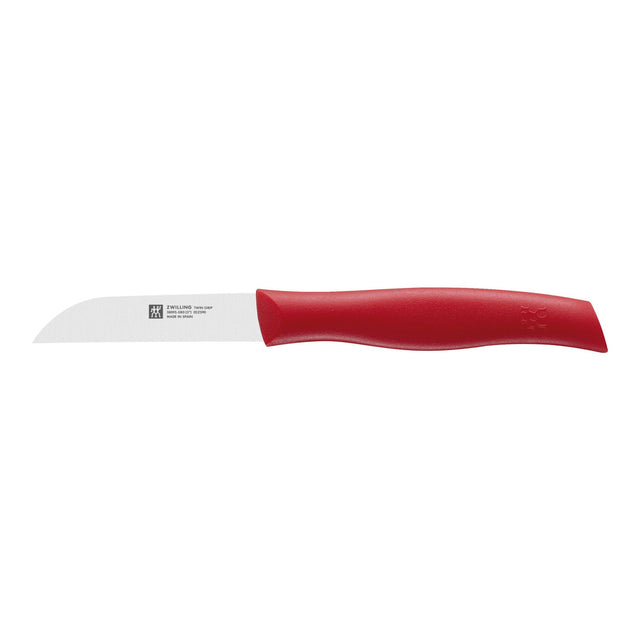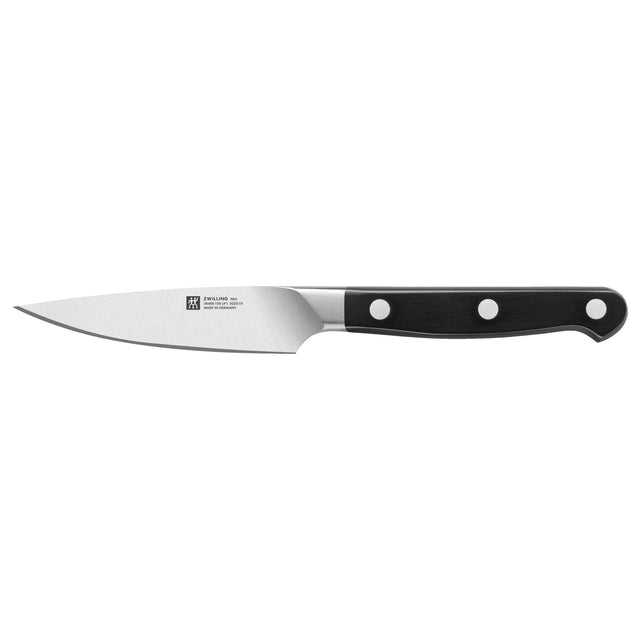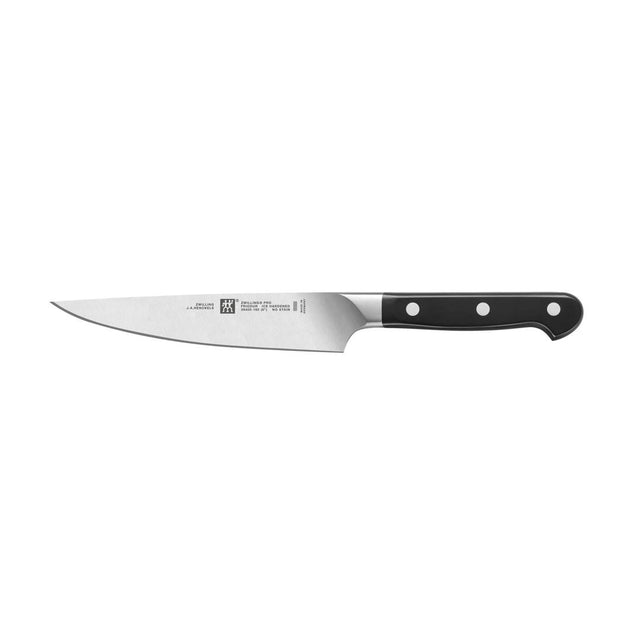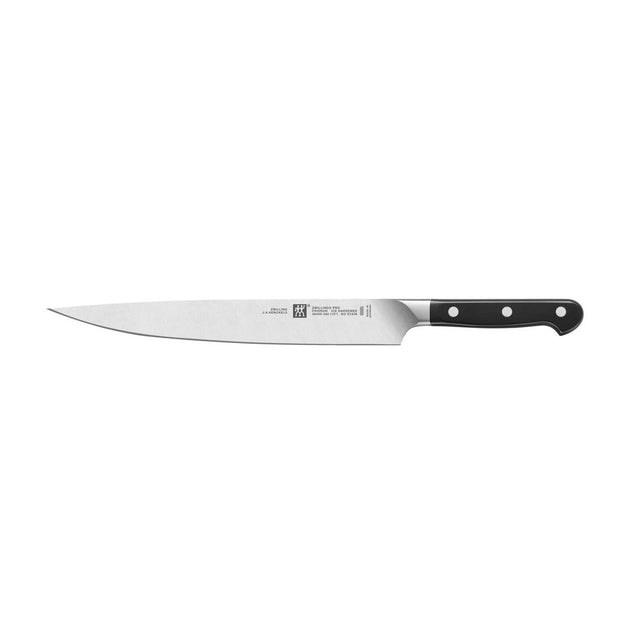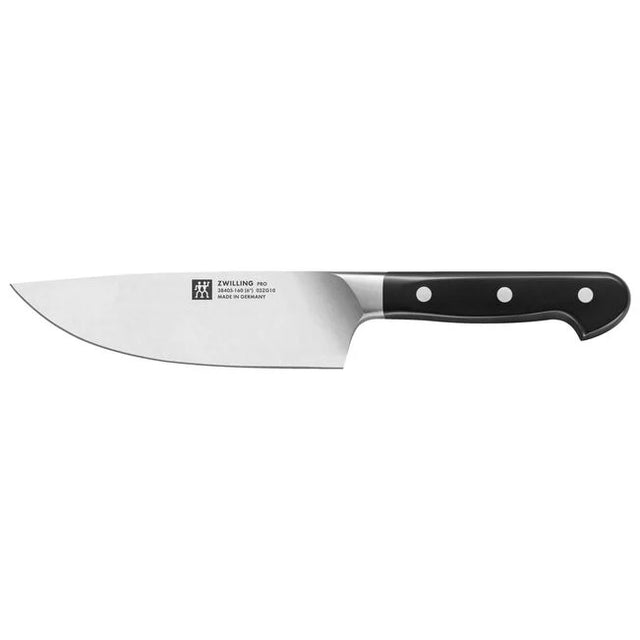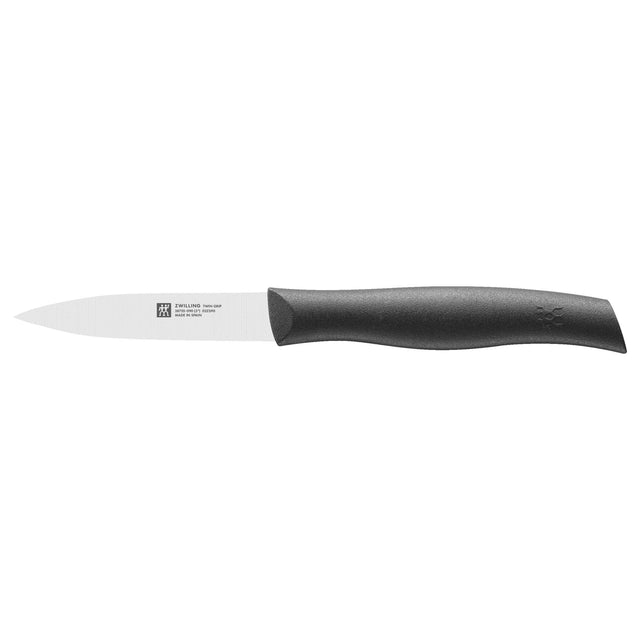If you're a fan of creamy cheesecakes but find the traditional dense version a bit heavy, Japanese cheesecake is the perfect solution. Light, airy, and just sweet enough, this version of cheesecake has a texture that’s almost like a soufflé. It's the ideal balance between richness and fluffiness, making it a showstopper for any occasion.
Making Japanese cheesecake at home may seem like a challenge, but it’s surprisingly easy with the right technique. The key is in the method—whipping the egg whites and gently folding them into the batter. Once you’ve mastered it, you’ll be creating this airy delight on repeat!
Why You’ll Love This Japanese Cheesecake Recipe:
-
Light & Fluffy Texture: Unlike traditional cheesecakes, which are thick and dense, Japanese cheesecake is incredibly light and almost melts in your mouth.
-
Less Sweet, More Subtle: The flavor is delicate, with just the right amount of sweetness to complement the cream cheese without being overpowering.
-
Perfect for Any Occasion: From a casual family dinner to a sophisticated dinner party, this cheesecake is sure to impress everyone who tries it.
Recipe: Japanese Cheesecake
Serves: 8
Prep Time: 15 mins
Bake Time: 55–60 mins
Total Time: 1.5 hours
Ingredients:
-
8 oz (225 g) cream cheese, softened
-
1/2 cup (120 ml) heavy cream
-
1/4 cup (60 ml) whole milk
-
1/2 cup (100 g) granulated sugar
-
4 large eggs, separated
-
1 tbsp lemon juice
-
1 tsp vanilla extract
-
3/4 cup (90 g) all-purpose flour
-
1 tbsp cornstarch
-
Pinch of salt
Instructions:
Step 1: Preheat & Prepare the Pan
Preheat your oven to 325°F (160°C). Line the bottom and sides of an 8-inch (20 cm) round cake pan with parchment paper. You’ll want the paper to rise above the edge of the pan, as the cake will rise significantly during baking. It’s also recommended to wrap the outside of the pan with aluminum foil to prevent any water from leaking in during the water bath.
Step 2: Make the Cream Cheese Mixture
In a large mixing bowl, combine the softened cream cheese, heavy cream, milk, sugar, lemon juice, and vanilla extract. Use a hand mixer or whisk to blend everything until smooth and creamy, ensuring there are no lumps. Set this mixture aside.
Step 3: Separate & Whisk the Egg Whites
In a separate bowl, whisk the egg whites with a pinch of salt until they form stiff peaks. Be sure not to overwhip; they should be firm but still glossy. This step is crucial for achieving the light, fluffy texture of the cheesecake.
Step 4: Combine the Egg Yolks & Flour Mixture
In another bowl, whisk the egg yolks until they’re pale and smooth. Gradually sift in the flour and cornstarch, folding them into the egg yolks carefully. Once combined, gently stir in the cream cheese mixture. Mix until smooth, but avoid overworking the batter to keep it light.
Step 5: Fold in the Egg Whites
Carefully fold the whipped egg whites into the cream cheese batter in three additions. Do this gently to retain as much air as possible in the batter. The folding process is key to achieving that signature airy texture.
Step 6: Bake in a Water Bath
Pour the batter into the prepared cake pan. Tap the pan on the counter to remove any air bubbles. Place the cake pan in a larger roasting pan and fill the outer pan with hot water until it reaches halfway up the sides of the cake pan. This water bath helps the cheesecake bake evenly and prevents cracking.
Bake for 55–60 minutes or until the top is golden brown, and a toothpick inserted into the center comes out clean. The cake should jiggle slightly in the middle but should be set around the edges.
Step 7: Cool & Serve
Once baked, turn off the oven and let the cheesecake cool in the oven for 10–15 minutes with the door slightly ajar. This helps prevent the cake from shrinking too much. Afterward, remove the cake from the oven and water bath, and allow it to cool completely at room temperature before refrigerating for at least 3 hours, or preferably overnight.
Once chilled, carefully remove the cake from the pan and transfer it to a serving plate. Slice, serve, and enjoy the light, airy goodness!
Baking Tip:
To achieve the best texture, make sure the egg whites are perfectly whipped and folded into the batter gently. Overmixing can deflate the air in the batter, leading to a denser cake. A hand mixer is ideal for whipping the egg whites, but if you’re feeling strong, you can whip them by hand for a bit of a workout! A stand mixer also makes the egg-whipping process faster and easier if you’re in a hurry.

